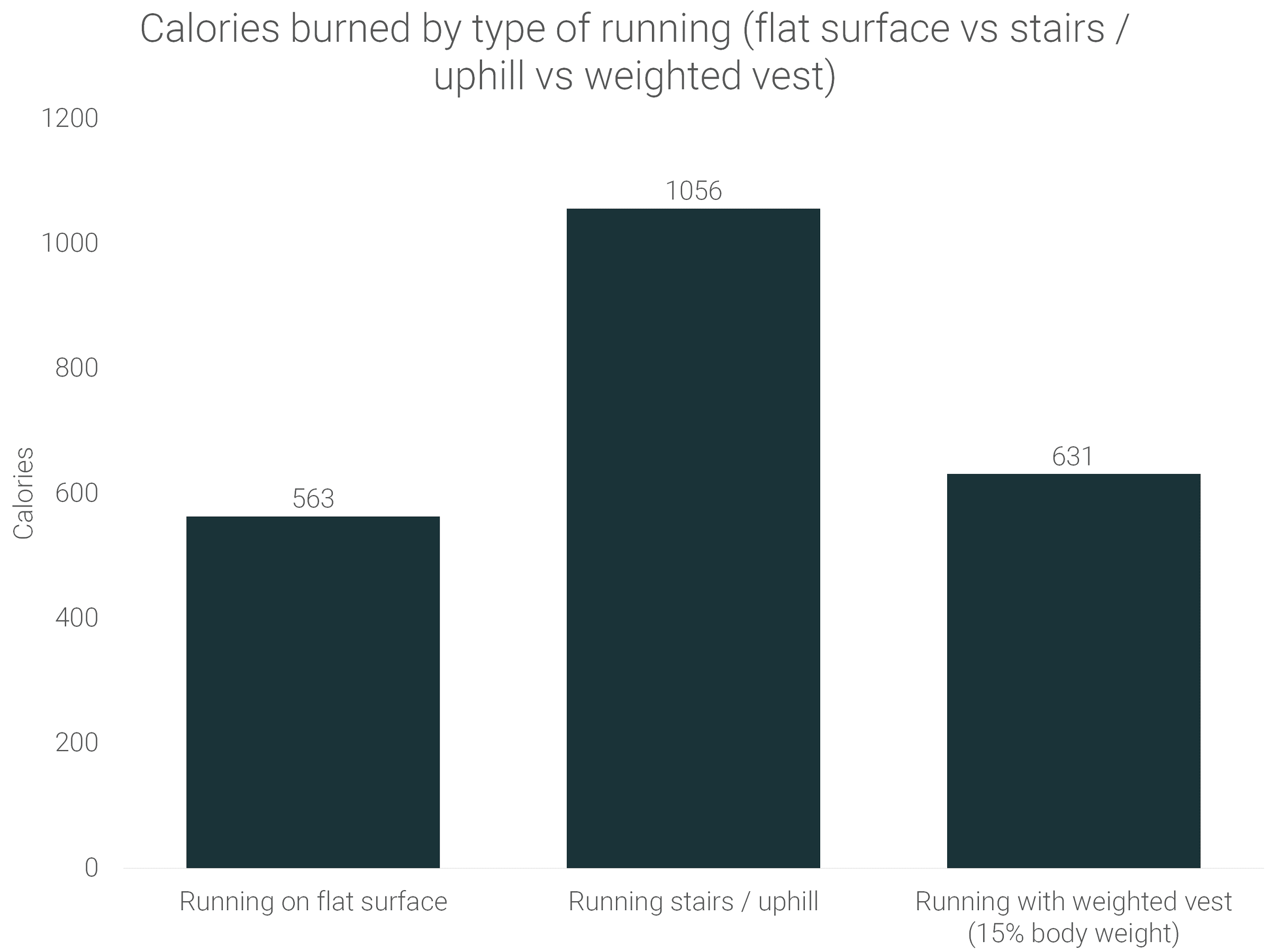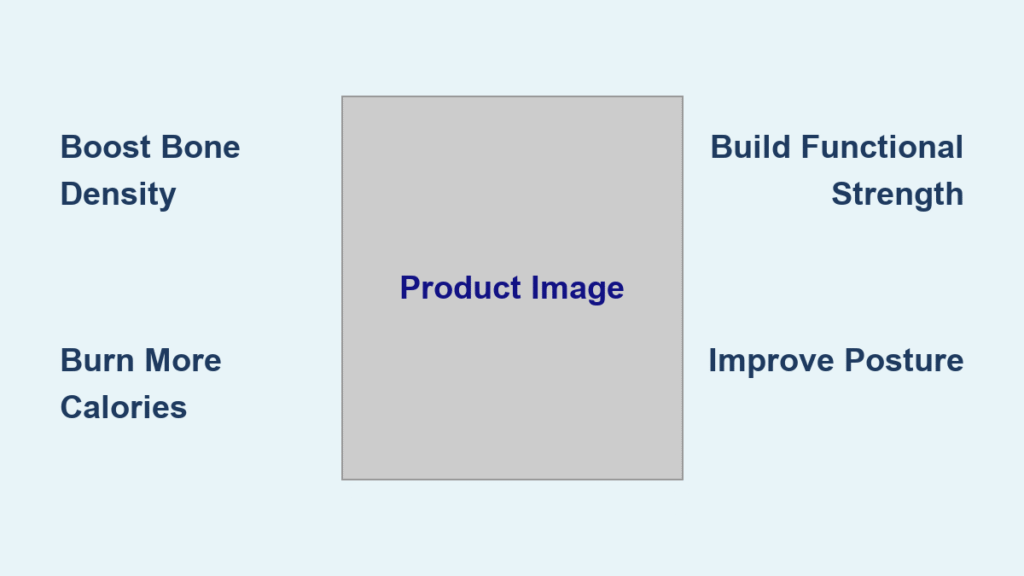You’ve hit a frustrating plateau where lifting the same weights yields diminishing returns while your bone density silently declines. That persistent belly fat won’t budge despite endless cardio sessions. For men over 40, the struggle is real—but research reveals a surprisingly simple solution hiding in plain sight. Weighted vests deliver 40% more calorie burn during walks while simultaneously strengthening bones and building functional muscle. This isn’t just another fitness gimmick; studies from Wake Forest University and the University of Gothenburg prove vests combat age-related bone loss and accelerate fat loss beyond traditional exercise alone.
Discover exactly how weighted vests solve three critical challenges for men: reversing bone density decline, breaking through stubborn fat loss plateaus, and building real-world strength. We’ll cut through the hype with science-backed protocols you can implement tomorrow—no gym required.
Stop Bone Density Loss After 40
Why Hip Bones Fail During Weight Loss
Men over 50 face a hidden crisis: every pound lost through dieting often means losing critical hip bone density. Weighted vests solve this paradox by applying strategic stress to weight-bearing bones. In Wake Forest University’s pilot study, participants wearing vests 6 hours daily maintained hip bone strength during calorie restriction—something impossible with dieting alone. Your body responds to this consistent load by reinforcing skeletal structure exactly where osteoporosis strikes hardest.
The 8-Week Bone-Building Protocol

Forget sporadic high-impact workouts that strain joints. Sustainable bone growth requires daily low-intensity loading. Start with just 5% of your body weight (about 8-12 lbs for most men) during routine walks. Wear it 30-60 minutes daily for weeks 1-4, then gradually increase to 3-4 hours. By week 8, you’ll trigger measurable density improvements as your bones adapt to the constant, gentle pressure—mimicking the natural stress of carrying bodyweight before age-related muscle loss.
Critical Safety Checkpoints
Stop immediately if you feel sharp joint pain or lower back strain. Men with degenerative disc disease must get physician clearance first. Proper fit is non-negotiable: the vest must sit snugly across your sternum without riding up, distributing weight evenly front-to-back. When worn correctly, you’ll feel core engagement—not spinal compression—during every step.
Shatter Fat Loss Plateaus Without Extra Exercise
How Your Gravitostat Sabotages Weight Loss
Your body contains a built-in weight regulator called the gravitostat that fights fat loss during dieting. University of Gothenburg researchers discovered wearing a vest 5+ hours daily tricks this system into accelerating fat burn. In their trial, 69 overweight men wearing 16-lb vests lost 1.25kg in 7 days—exceeding expected results from diet alone. The secret? Your metabolism recalibrates to the new “normal” weight, burning extra calories even while sitting at your desk.
Real Calorie Burn Comparison

Don’t trust generic fitness tracker estimates. Actual energy expenditure jumps dramatically with added weight:
– Unweighted walk (3.5 mph): 280 calories/hour
– 16-lb vest walk (same pace): 390 calories/hour (40% increase)
– Daily passive wear: 200-400 bonus calories burned during work hours
This metabolic boost continues for hours post-activity as your body adapts to the new load—turning mundane tasks into stealth fat-burning sessions.
Office Worker Fat Loss Strategy
Transform sedentary time into training: wear your vest during desk work, meetings, or grocery shopping. Start with 3-5% body weight (5-8 lbs) for 2-3 hours daily. Within two weeks, users report noticeable waistline reduction and improved posture without changing diet or adding exercise. The key is consistency—your gravitostat responds to total daily load, not just workout sessions.
Build Functional Strength That Matters
Core Activation During Everyday Activities
Every step with a vest forces deep stabilizer muscles to fire: your abdominals, obliques, and spinal erectors work overtime to maintain posture. Unlike isolated gym exercises, this builds integrated strength that transfers directly to real-world tasks—lifting kids, carrying groceries, or pushing stalled cars. You’ll notice immediate improvements in balance and movement efficiency as your body learns to distribute load naturally.
Tactical Strength for First Responders
Firefighters and military personnel use vests to simulate operational gear weight during training. A 20-lb vest worn during stair climbs or equipment carries builds job-specific endurance impossible to replicate with machines. Start with 10-15 lbs during bodyweight exercises like push-ups or lunges, focusing on controlled movement. Within 4 weeks, you’ll develop the resilient strength needed for physically demanding careers.
Avoid the Compensation Trap
Never sacrifice form for weight. Watch for these red flags:
– Shoulder rounding: Straps should sit flat across your back
– Reduced stride length: Maintain natural walking gait
– Holding breath: Breathe deeply through entire lung capacity
– Excessive fatigue: Stop if legs feel heavy beyond normal exertion
Master Daily Integration Without Disruption
The Commute Calorie Multiplier
Turn your 30-minute walk to work into a serious workout. A 16-lb vest increases calorie burn by 40% at the same pace—equivalent to walking 1.5x faster without the vest. Start with 10 lbs for 15 minutes, adding 5 minutes weekly. Within a month, your commute becomes the most efficient part of your training routine while colleagues wonder how you’re getting leaner.
Household Chores That Build Muscle
Reframe mundane tasks as strength sessions:
– Vacuuming: Engage core to resist vest pull during turns
– Yard work: Feel glutes and quads fire during raking
– Grocery carrying: Grip handles firmly to activate forearms
– Stair climbing: Take two steps at a time for explosive power
These activities build functional strength without gym time—exactly why tactical athletes prioritize vest integration.
Select Your Perfect Weight: No Guesswork
The Bodyweight Percentage Rule
Forget arbitrary numbers. Your ideal vest weight depends on the activity:
– Walking: 5-10% of body weight (8-16 lbs for 160-lb man)
– Running: 5-15% (never exceed 15% for impact activities)
– Strength training: Up to 20% during controlled movements
– All-day wear: 3-5% (5-8 lbs) for passive benefits
Beginners should start at the lowest range—your connective tissues need time to adapt before muscles.
Progressive Loading Checklist
Follow this exact sequence to avoid injury:
1. Week 1-2: 5-10 lbs for 10-15 minutes daily
2. Week 3-4: Increase duration to 20-30 minutes
3. Week 5-8: Add 1-2 lbs only when current weight feels easy
4. Week 9+: Introduce hills or stairs before adding more weight
Most men plateau at 20-50 lbs for sustained use—more weight isn’t better if it compromises form.
Critical Safety Protocols Men Over 40 Must Follow
Contraindications That Demand Medical Clearance
Stop immediately and consult your doctor if you have:
– Chronic lower back or neck pain
– Diagnosed osteoporosis or osteopenia
– Recent joint surgeries
– Uncontrolled high blood pressure
Vests intensify spinal loading—never risk exacerbating existing conditions.
The Posture Preservation Checklist
Wear your vest correctly with these non-negotiables:
– Shoulders: Pulled back and down (no rounding)
– Spine: Neutral alignment (avoid arching lower back)
– Stride: Natural arm swing (vest shouldn’t restrict motion)
– Breathing: Full diaphragmatic breaths (no restriction)
A poorly fitted vest does more harm than good—snug but never constricting.
Equipment Selection That Prevents Injury
Top 3 Vest Types for Men’s Physiology

Plate Carrier Design (Bulldog Gear 20KG):
– £115 | 18 removable 1kg plates
– Best for: Even weight distribution during running
– Critical feature: Contoured chest plate prevents neck strain
Pocket System Vest (Corength Adjustable):
– £60 | 6-10kg range
– Best for: Beginners needing micro-adjustments
– Critical feature: Moisture-wicking lining for all-day wear
Fixed-Weight Tactical Vest (Zelus 12-20 lbs):
– Budget-friendly | Removable sandbags
– Best for: Worksite integration
– Critical feature: Reflective strips for outdoor safety
Avoid vests that ride up during movement—your sternum should feel 60% of the weight, hips 40%.
Real Results Timeline for Men Over 40
Two-Week Transformation Proof
A 47-year-old salesman wearing a 16-lb vest 4 hours daily saw:
– Day 7: 1.25kg fat loss (confirmed by body scan)
– Day 10: Noticeably straighter posture during desk work
– Day 14: 20% increase in stair-climbing stamina
– Social ripple effect: Colleagues asked about his “secret”
This mirrors University of Gothenburg findings where consistent daily wear outperformed exercise-only protocols.
Next Steps for Immediate Results
Start tomorrow with these non-negotiables:
1. Grab a 5-10 lb vest (or improvise with books in a backpack)
2. Wear it during your next dog walk or commute for 10 minutes
3. Focus on upright posture—shoulders back, core engaged
4. Track energy levels and posture awareness in your notes
Within 4 weeks, you’ll experience the dual benefit men over 40 desperately need: stronger bones and a leaner physique. The research is unequivocal—weighted vests deliver what treadmills and protein shakes cannot. Your only risk is staying stuck in the same frustrating plateau while your bone density declines.
Your move starts with 10 minutes today.





